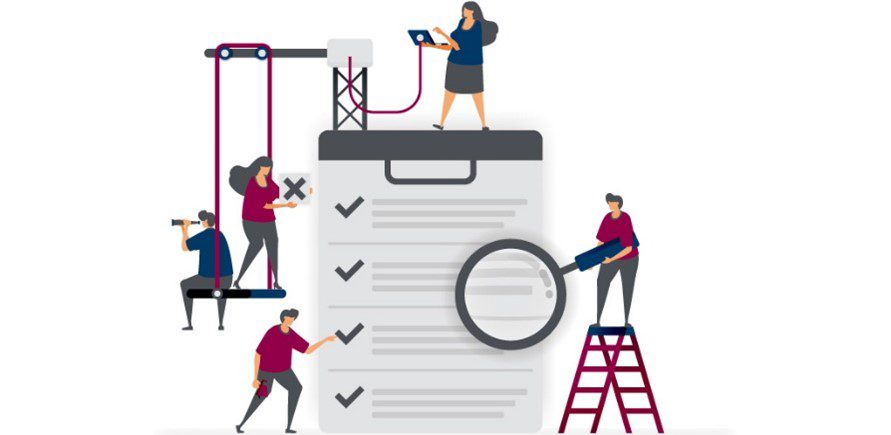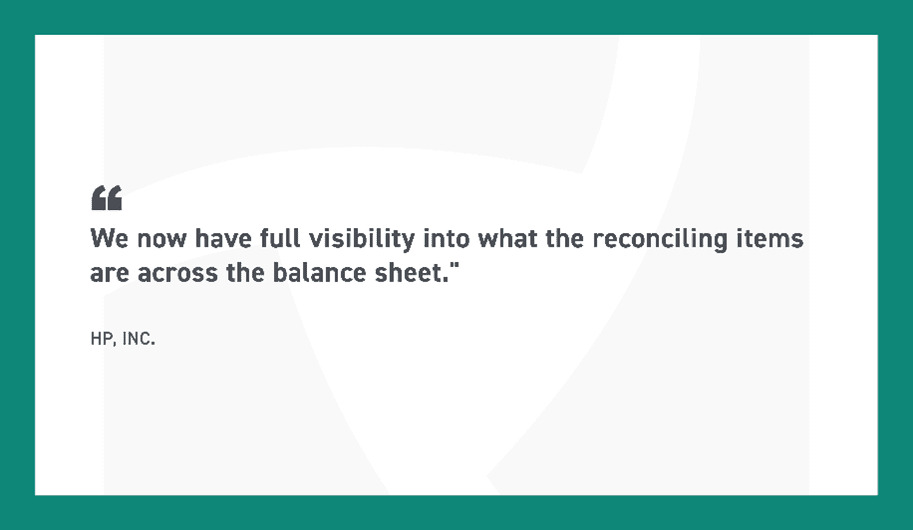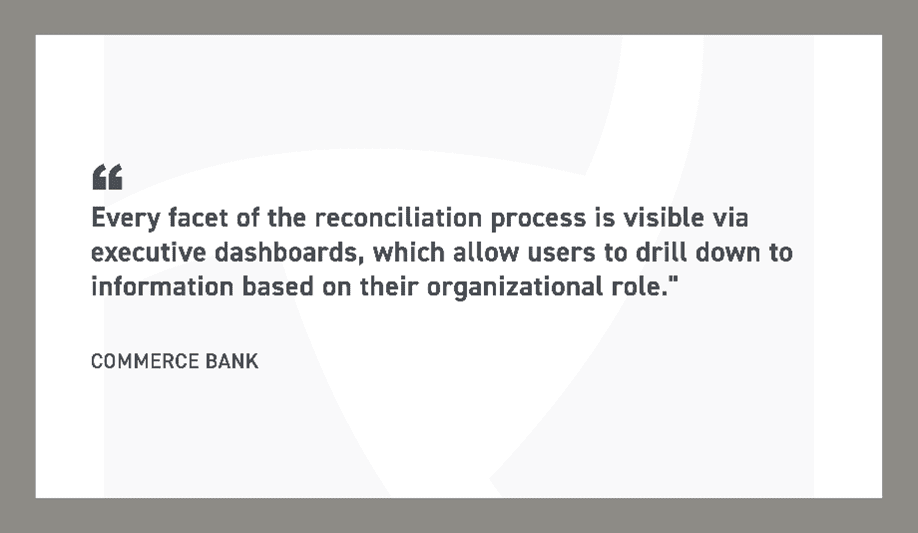4 Steps to a Risk-Based Account Reconciliation Policy
Blog post
Share
Modernizing your month-end close will save your F&A team valuable time while reducing risk and improving the overall accuracy and confidence in your reporting. This blog series looks at 5 Best Practices to help you get started on that journey. The first step we covered was the importance of establishing a stable foundation by aligning your people, processes, policy, and technology. Now it’s time to dig into best practice #2, implementing a risk-based approach.
As organizations look to free up their teams’ time to focus on more value-added work (like business-critical insights and financial planning analysis), it is essential to find the balance between reducing manual workloads while still maintaining control and accuracy of the balance sheet reconciliation process. For this reason, firms are increasingly looking to implement an automated risk-based approach to account reconciliation.
By taking a risk-based approach to reconciliations, resources can be focused on the high-risk balance sheet accounts while lower-risk tasks can be done less frequently. With a global approach, the process can be standardized, rationalized and the appropriate actions can be taken, depending on the risk.
Additionally, variance analysis automation can complement the development of the account reconciliation policy, so finance teams can consistently identify gaps and work to bridge them, further minimizing risk.
4 STEPS TO ADOPT A RISK-BASED APPROACH TO ACCOUNT RECONCILIATION
Step 1: Define Your Reconciliations
An account reconciliation policy can act as a training document for employees, in addition to clarifying requirements and procedures. Guidelines and criteria are more likely to be adopted when individuals fully understand the importance and relevance of a process — reducing the likelihood of reluctance to change. For this reason, it is recommended to give an overview of why reconciliations are being performed, and exactly how a balance should be substantiated.
Outlining key terminology can also help users understand the policy. For example, what is your definition of a “reconciling item”? Must all accounts be fully reconciled or just within a threshold? What level of segregation of duties is acceptable for the preparation and review of a reconciliation?
Step 2: Determine Risk-Based Account Reconciliation
The next step is to determine how the risk rating of an account will affect its treatment. The key here is to successfully manage the fine balance between reducing the overall workload and maintaining control of the process. For example, by mandating that only high-risk accounts are reconciled monthly, individuals will have more time to investigate any differences rather than spending their time reconciling zero-balance accounts of lesser value.
A low-risk account may only need to be reconciled on an annual basis, whereas a high-risk balance sheet account may be prioritized each month. The risk rating could also determine the level of approval that is required in the workflow.

Establish Risk Rating
All accounts are classified into one of the three classifications and should be reconciled accordingly:
- Low-risk accounts: Reconciliations should be performed annually
- Medium-risk accounts: Reconciliations should be performed quarterly
- High-risk accounts: Reconciliations should be performed monthly
Risk ratings can be driven by several factors relating to an account. For example, a low-risk account may be based on the month-over-month variance of the balance or the difference between General Ledger and Sub-ledger ending balances. On the other hand, a high-risk account could be defined by a debit balance existing when credit is expected, where there has been a higher-than-usual variance in the balance of the account, or when the same reconciliation failed a peer review in the prior period.
By using risk ratings to segment accounts, F&A teams will have more time to investigate any differences rather than spending their time reconciling zero-balance accounts.

With a risk-based reconciliation policy, Trintech’s customer HP, Inc. moved all accounts under $1 million to be reconciled quarterly based on risk. That’s a significant number of accounts that HP’s finance staff doesn’t have to sift through and evaluate any longer.
Step 3: Apply A Risk-Based Approach to Automation
According to a recent report by Acuity Training, 98% of respondents reported that they have seen a spreadsheet error cost their employers money. Manual processing allows significant room for human error, especially when teams are rushed and overworked. When an organization gets to this point, the risk of errors due to rushing to meet the deadline is extremely high, and teams often end up having to pass along numbers they are not confident in simply to keep the close process moving.
Automation can be utilized to aid the implementation of a global account reconciliation policy by enforcing standardized methods for risk management, which will increase overall user adoption.
Users can be automatically notified when the risk rating of one of their accounts changes based on variance, materiality threshold, or level of activity — making risk rating more transparent and objective.

Overall, the reconciliation process is the building block that creates a solid foundation for your month-end close. Automation developed specifically to reduce risk supports an effective account reconciliation process.
Step 4: Drive Reconciliation Risk Reduction Further with Variance Analysis Automation
The last key step to a thorough risk-based approach to account reconciliation is the continual analysis of variance reports. Typically, variance reports are run at the period-end when there is significantly less opportunity to minimize the impact of variances that are identified. Automating this process with variance analysis software allows finance and accounting teams to proactively find and mitigate risk areas and decrease the organization’s risk profile.
Ultimately, leveraging automation is key to an effective risk-based approach to account reconciliation to strengthen the overall close and free up time in the close process without increasing risk. To learn more about how to modernize your month-end close, read Best Practice #3: Standardize Processes Across Entities and Geographies or download the Best Practice eBook below.
Blog Series – 5 Best Practices to Modernizing Your Month-End Close
- Best Practice 1: Align Your People, Process, Policy, and Technology
- Best Practice 3: Standardize Processes across Entities and Geographies
- Best Practice 4: Optimize with Advanced Automation
- Best Practice 5: Build a Collaborative Ecosystem
Written by: Lauren McCrohan






